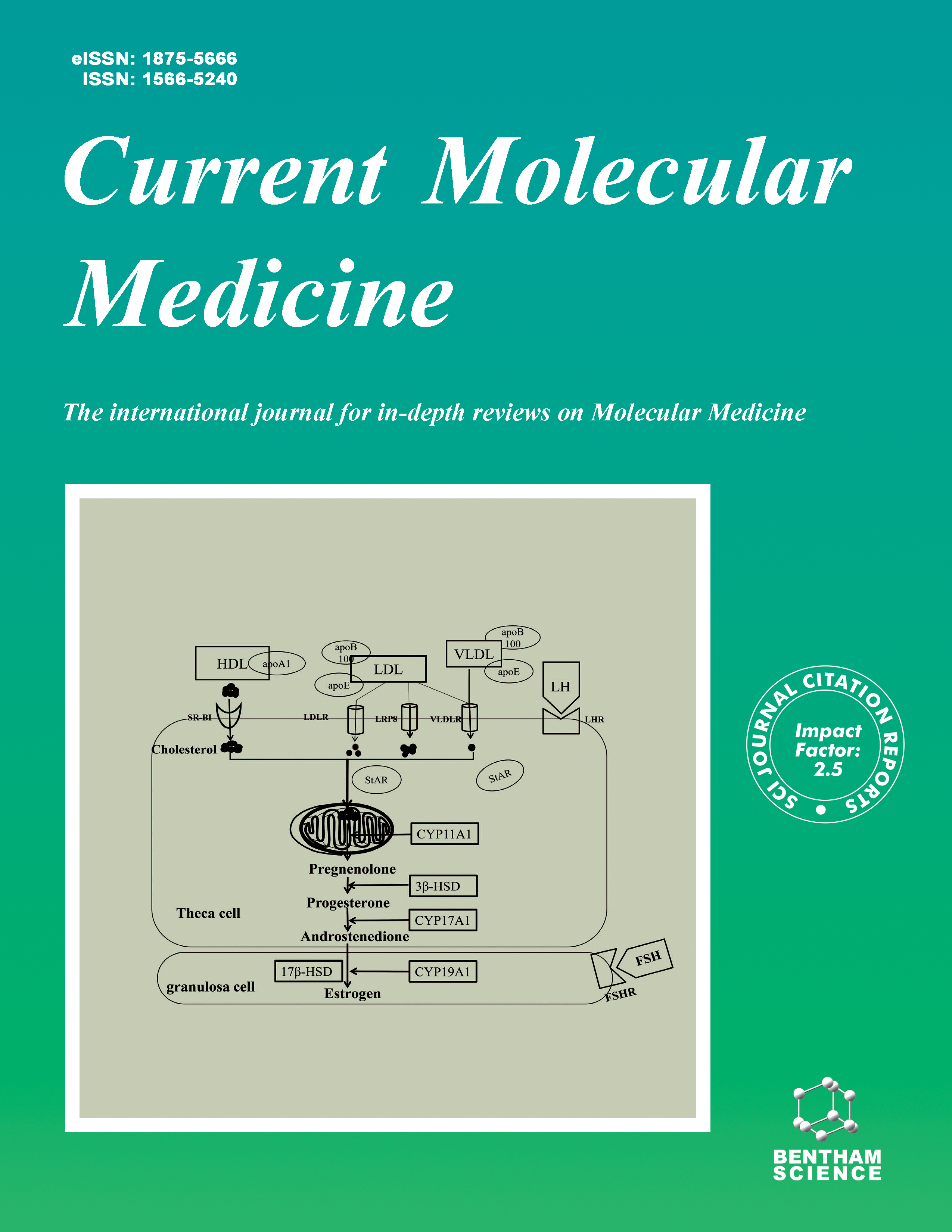
Full text loading...
We use cookies to track usage and preferences.I Understand
Some tumors have a poor prognosis regarding TPD52 (tumor protein D52). This study aims to explore TPD52's role in the cancer process from a pan-cancer perspective.
A pan-cancer analysis was conducted to investigate how TPD52 may be involved in cancer as well as its association with prognosis.
A variety of human cancers express TPD52 abnormally and correlate with clinical stage. There was a significant association between low expression of TPD52 and poor survival in BRCA, KIRP, LAML, LIHC, UCEC, and UVM. TPD52 alterations were most frequently amplified in pan-cancer. The co-occurrence of 10 genes alterations was found in the TPD52 altered group. There was a significant association between TPD52 expression and MSI in four cancer types and TMB in twelve cancer types. There was a significant correlation between TPD52 expression and immune-related cell infiltration. A significant correlation was found between TPD52 expression in many tumor types and 8 immune checkpoint genes. There were signaling pathways involved in pan-cancer caused by TPD52, including endocytosis, Fc gamma R-mediated phagocytosis, and so on. TPD52 may be involved in chemotherapy and chemoresistance.
The TPD52 gene may be important for human cancer treatment.

Article metrics loading...

Full text loading...
References


Data & Media loading...

